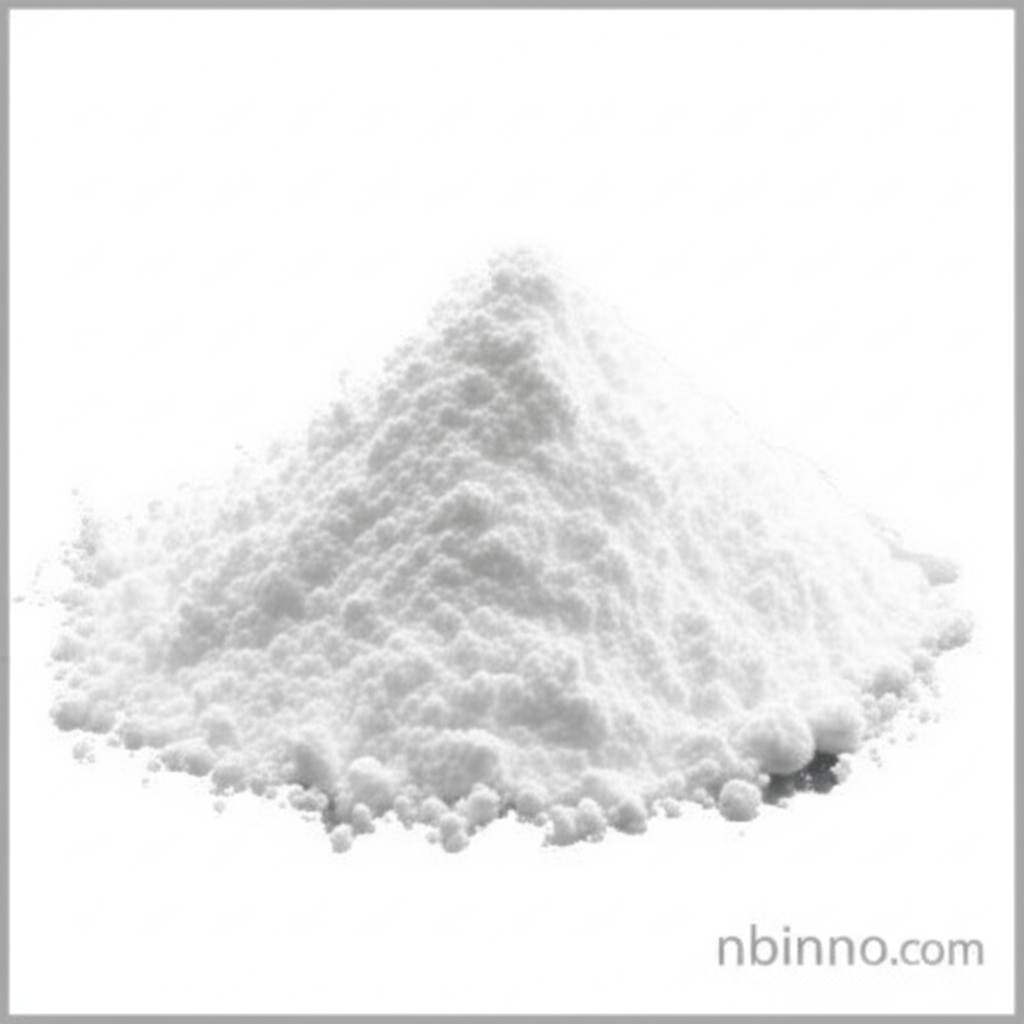Aluminum Hypophosphite: Enhancing Fire Safety with Advanced Flame Retardancy
Discover the power of Aluminum Hypophosphite (CAS 7784-22-7), a leading inorganic phosphorus flame retardant offering superior thermal stability and environmental benefits for a wide range of industrial applications. Explore its advantages as a key component in modern material science.
Get a Quote & SampleProduct Core Value

Aluminum Hypophosphite
As a trusted supplier in China, we provide high-quality Aluminum Hypophosphite (CAS 7784-22-7), a novel inorganic phosphorus flame retardant. Its key attributes include a high phosphorus content (up to 42%), excellent thermal stability, and minimal water solubility, making it an ideal choice for demanding applications. This compound is instrumental in developing materials with enhanced flame retardancy, superior mechanical properties, and improved weather resistance. We are committed to delivering innovative solutions that meet stringent industry standards.
- Leverage high phosphorus content for superior flame retardancy in diverse polymer systems, a key advantage when exploring halogen-free flame retardant for plastics.
- Benefit from excellent thermal stability, ensuring material integrity and performance under demanding processing conditions, crucial for applications requiring good thermal stability.
- Utilize its low water solubility for improved durability and performance in various environments, an important consideration for inorganic phosphorus flame retardant applications.
- Incorporate this halogen-free flame retardant for plastics to meet growing environmental and safety regulations, aligning with the demand for sustainable chemical technologies.
Advantages Offered by This Product
Enhanced Flame Retardancy
Aluminum Hypophosphite significantly boosts the fire safety of materials by acting as an effective flame retardant. Its high phosphorus content is key to achieving superior performance, particularly when considering the need for halogen-free flame retardant for plastics.
Superior Thermal Stability
The excellent thermal stability of Aluminum Hypophosphite ensures that materials maintain their structural integrity and performance characteristics during high-temperature processing and use, supporting the requirement for good thermal stability in polymers.
Environmental Friendliness
As a halogen-free flame retardant, this compound contributes to safer manufacturing processes and end products, reducing the environmental impact associated with traditional halogenated alternatives. This aligns with the growing trend towards sustainable chemical technologies.
Key Applications
Polymers Modification
Aluminum Hypophosphite is an effective flame retardant for a variety of polymers, including PBT, PET, PA, TPU, and ABS, enhancing their fire resistance and mechanical properties. This is crucial for achieving high flame retardant effect in modified plastics.
Coatings and Textiles
Its application extends to coatings and textiles, where it imparts essential flame-retardant properties, contributing to the development of safer materials in construction and consumer goods. This aligns with the broader use of phosphorus flame retardants.
Water Treatment
Beyond flame retardancy, Aluminum Hypophosphite can function as a corrosion and scale inhibitor in water treatment systems, forming protective films on metal surfaces. This showcases its versatility as an inorganic chemical.
Catalysis and Synthesis
It can serve as a catalyst or reagent in specific chemical syntheses, particularly for phosphorus-containing compounds, further demonstrating its utility in advanced chemical applications.
